Editor of this issue: Robertas Vitas, Lithuanian Research & Studies Center
Copyright © 1993 LITUANUS Foundation, Inc.

|
LITUANUS
LITHUANIAN QUARTERLY JOURNAL OF ARTS AND SCIENCES
Volume 39,
No.2 - Summer 1993
Editor of this issue: Robertas Vitas, Lithuanian Research & Studies Center ISSN 0024-5089
Copyright © 1993 LITUANUS Foundation, Inc. |

|
THE ART OF VYTAUTAS KAŠUBA
by Algimantas Kezys
Vytautas Kašuba was born in 1915, in Minsk, Beylorussia. In 1918, his parents returned with him to Lithuania, settling in Marijampolė. He studied at the School of Applied Arts in Marijampolė and at the School of Art in Kaunas, graduating from it in 1939. From 1941 to 1944 he taught sculpture at the Institute of Applied Arts in Kaunas. Representing his country at the Paris world's fair in 1937, Kašuba won gold and silver medals for his work in wood. In 1942, he won the Lithuanian first prize in sculpture for the work The Liberation of Prisoners. Living in the United States since 1947, Kašuba has worked on commissions, specializing in church art, executing large-scale works cast in bronze, carved in wood, stone, plaster, and hammer lead. Over 60 of his works in bas-reliefs, altar figures and Stations of the Cross are dispersed in churches and public buildings in the United States and Canada.
The commissioned works of Kašuba have an individuality and unique expressiveness that sets them apart. The Stations of the Cross in St. Augustine Church in New Brandford, Connecticut, portray traditional figures in highly stylized and streamlined form; the joints between the cinder blocks instead of being eliminated are sculpted over the figures, blending the Stations into the cinder block walls. The figures of the Stations in the chapel of the Franciscan Fathers in Kennebunkport, Maine, are tragically treading the way of the cross to their final destination. In the convent of the Sisters of Notre Dame in Wilton, Connecticut, the figures are treated with grace, smoothly polished, and elegant.
In presenting the Christian idea of the Incarnation, Kašuba chooses to portray Christ Risen in the Calvary monastery in Shrewsbury, Massachusetts, as a human Christ triumphantly rising above the altar, as if defying the laws of gravity. Christ's hands are still outstretched, as they were on the cross, but now they are relieved of suffering and rise in a gesture of glory. His countenance is radiant, his eyes fixed onto the distance.
In 1964, Kašuba produced three text-walls for the Vatican pavilion in the world's fair in New York, each wall approximately 14'x8' depicting a test from scriptures in letters hammered into lead sheets. The roundness of the uniquely designed letters accentuates the eternally present word.
In 1968, Kašuba began to explore the possibilities of the medium of lead. By hammering a sheet of lead, he was able to obtain the effects of a negative and a positive form (One of his lead works was exhibited in Creative America in Tokyo, Japan, in 1973). His work in lead was building momentum (important commissions came his way), when the work had to be stopped because of the danger of poisoning. At this point, his work took a turn. First he explored historical themes of Lithuania, creating five medallions of Lithuania's rulers (14th to 15th century) which are today in the castle of Trakai, in Lithuania, where the rulers lived. Then a few commemorative monuments, as well as medallions, one of which was exhibited in Florence in 1983, representing the United States in the FIDEM International medallion exhibition.
In 1981, he returned to the human figure, and employing models made a series of portraits and nude studies that extolled the natural beauty of a woman's body. In striking contrast to his rendering of male figures and portraits, the reliefs of women were executed with such finesse that the surface seems as delicate as the skin of a live person. Such polarities in Kašuba's treatment of the human figure only demonstrate the versatility of the artist in possessing such great command of various techniques.
In 1984, Kašuba took a step in a different direction. Now concerning himself with the destiny of man, he created a multiple bronze composition with 48 figures, Būties Kelionė
(Journey of Being). In it groups of female figures wander on the shores of existence, as if asking themselves: Who am I? Why am I here? Where am I heading? An answer is not supplied. The figures appear lost in their search for a meaningful solution to these basic questions.
In 1991, Kašuba sent his collection of 92 sculptures and 40 drawings as a gift to Lithuania. The work is on permanent exhibit in Vilnius, the capital of Lithuania.
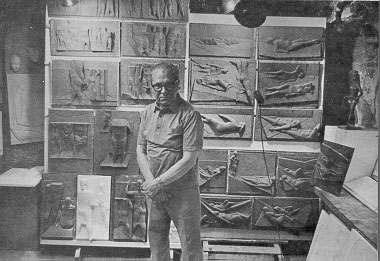
Vytautas Kašuba in his studio in New York City.
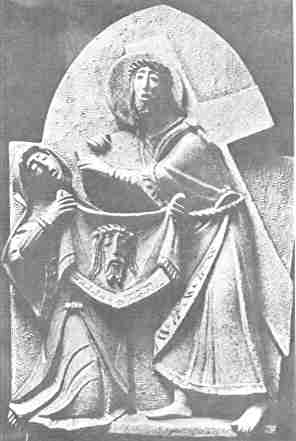
Station of the Cross, 1958, majolica, 20"xl2"
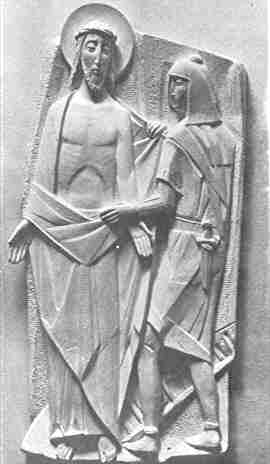
Station of the Cross, 1961, hydrastone, 28"xl4"
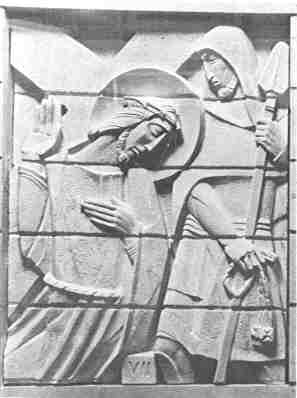
Station of the Cross, 1962, cast stone, 40"x30"
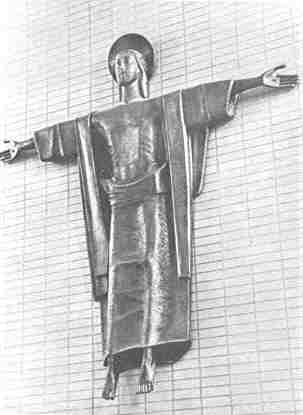
Christ Risen, 1965, hammered lead sheet, 108" high
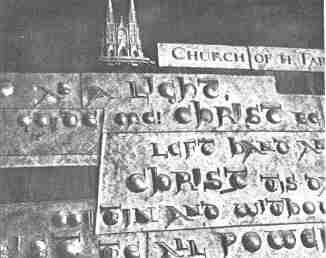
Text wall (detail), New York world's fair, Vatican pavilion, 1964, hammered lead sheets, 14'x8'
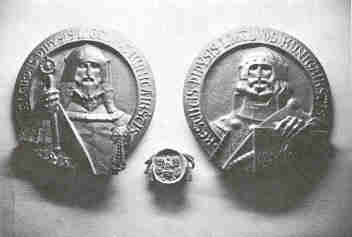
Algirdas, Grand Duke of Lithuania (left) and Kęstutis, Grand Duke of Lithuania, 1976, hammered lead
sheets, diameter 25" each
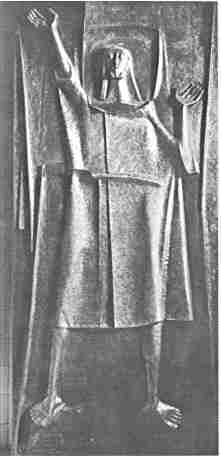
The Prophet, 1966, hammered lead sheets, 94"x48"
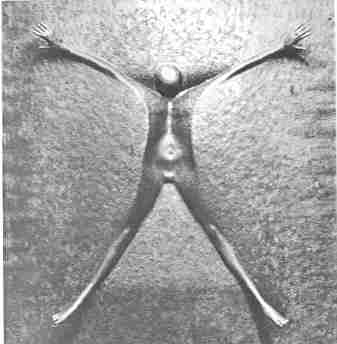
Boy in Space, 1971, hammered lead sheet, 38"x25"
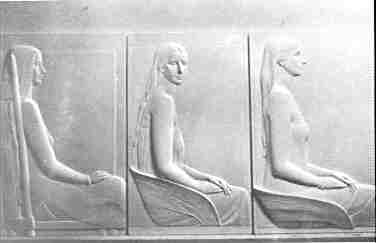
Three relief studies, 1981, plaster 18"xl2"
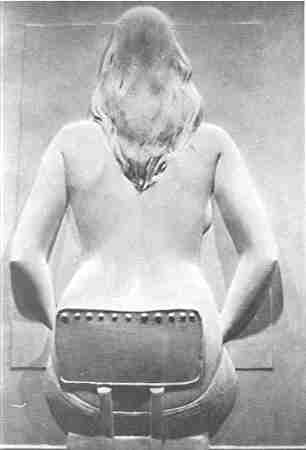
Nude study, 1982, plaster 18"xl2"
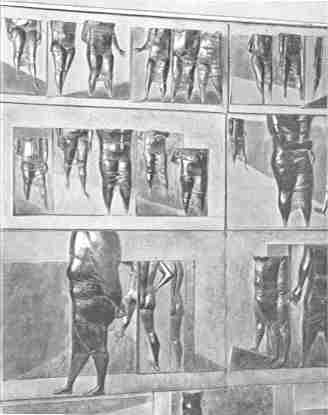
The Journey (detail), 1984-87, cast black stone 96"x48" overall
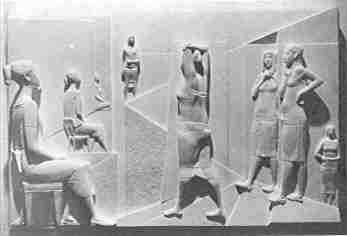
Figures in Multiple Spaces, 1988, plaster 22"x34"